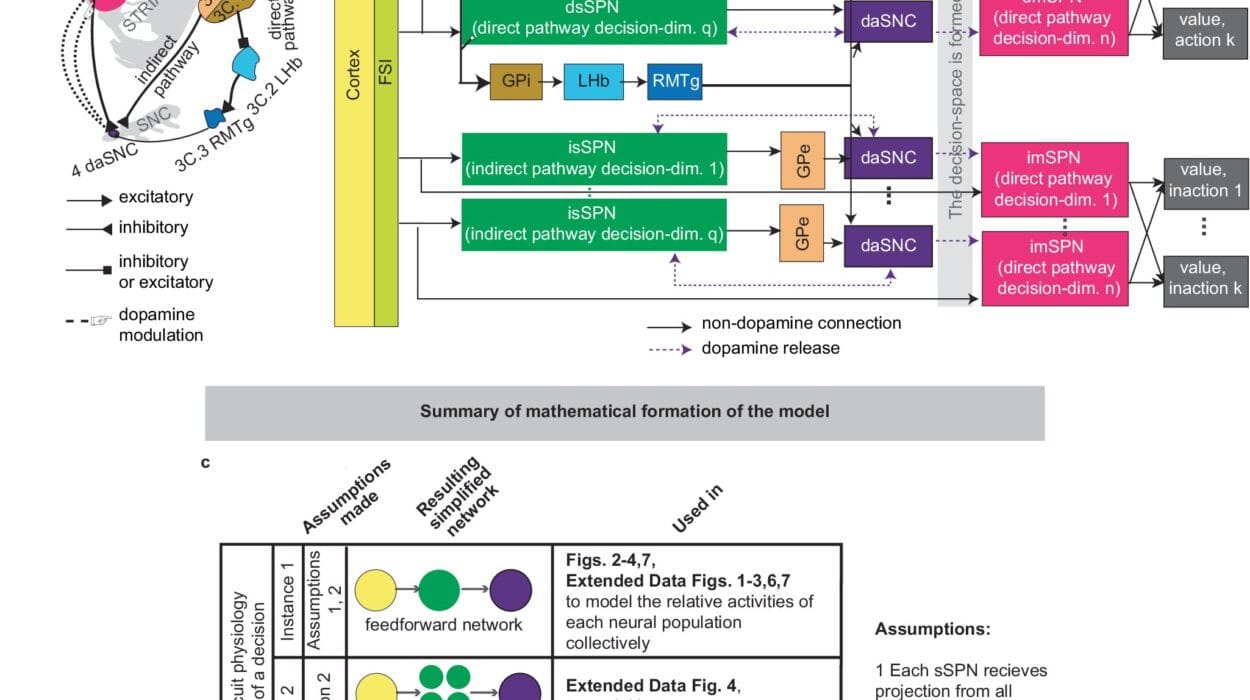In a world spinning ever faster, where stress looms large and emotions often feel like wild horses galloping out of control, a quiet revolution may be taking place—one breath at a time.
A new study published in Psychological Reports has found that just three minutes of deliberate, slow-paced breathing can significantly improve a person’s ability to regulate their emotions in the face of negativity. And not just in a vague, feel-good sense. Participants who engaged in a short breathing exercise before being shown disturbing images felt measurably calmer, less distressed, and more capable of mentally shifting their emotional reactions.
It’s a small intervention with a big promise: that within three minutes, we can reclaim control over our emotional landscape—and that our breath, so often taken for granted, holds the power to shape our minds.
A Gentle Breath Before the Storm
The research, conducted by a team studying the intersection of emotion, cognition, and physiology, sought to answer a deceptively simple question: Can a short breathing exercise help people immediately gain better command over how they feel in difficult emotional moments?
To find out, they recruited thirteen college students in New England and asked them to participate in two online sessions. In each session, the participants completed a task designed to challenge their emotional responses. They were shown emotionally disturbing images—scenes of accidents, violence, and suffering—and instructed to respond in different ways. Sometimes they were told to enhance their emotional reaction, imagining themselves or loved ones in the scene. Other times, they were asked to suppress their reaction, using mental strategies like distancing or reinterpretation. And occasionally, they were simply told to “maintain” their natural feelings.
But in one of the two sessions, there was a twist: before diving into the emotional task, participants were guided through a three-minute breathing routine. Known as “box breathing,” this technique involved inhaling for four seconds, holding the breath for three, exhaling for four, and holding again for three—a simple rhythm, repeated over and over with the help of a calming animation.
The result? Participants who did the breathing exercise first felt more emotionally balanced, more in control, and less rattled by the negative images that followed.
The Biology of Losing—and Regaining—Control
Why would something as ordinary as breathing make such a difference?
The answer lies in the exquisite dance between our brain, our body, and our breath. When we encounter a stressful situation, the body’s ancient alarm system kicks in: the hypothalamic-pituitary-adrenal (HPA) axis floods us with stress hormones like cortisol, priming us to fight or flee. But this chemical cascade has a cost. It dims activity in the prefrontal cortex—the part of the brain responsible for executive functions like self-control, reasoning, and reflection.
That’s why, under pressure, we lash out, shut down, or spiral emotionally. Our thinking brain temporarily loses its grip on our feeling brain.
But slow, intentional breathing has the power to short-circuit that stress response. It activates the parasympathetic nervous system—the body’s “rest and digest” mode—through the vagus nerve, a powerful communicator between the brain and the organs. This gentle system acts like a biological brake pedal, slowing the heart, lowering blood pressure, and calming emotional turbulence.
The researchers hypothesized that if they could quiet the body’s stress response first, people might regain access to the prefrontal cortex—essentially restoring their inner CEO just in time to steer the emotional ship.
Real-Time Emotional Rewiring
The experiment produced striking results. After the breathing exercise, participants reported significantly less distress when told to “maintain” their natural feelings toward negative images. The images felt less unpleasant, and the participants felt calmer—even though they had done nothing else differently.
More importantly, the breathing seemed to improve their ability to intentionally shift how they felt. When asked to suppress their emotional responses—a challenging task for most—the participants who had done the breathing exercise felt just as successful at reducing their emotions as they did at enhancing or maintaining them. In contrast, those in the control condition struggled more to down-regulate their negative feelings, reporting lower success and greater difficulty.
In short, breathing seemed to level the emotional playing field. After three minutes of calm, participants felt more equipped to steer their feelings in any direction—up, down, or steady.
Even individuals who typically avoid unpleasant experiences benefited. Those with higher scores on a psychological trait known as “Behavioral Inhibition System” sensitivity—people who are more prone to avoiding negative stimuli—normally find it difficult to engage with distressing content, even for research. But following the breathing exercise, these participants were just as capable of enhancing their negative emotions as others. The breathing seemed to provide a subtle sense of safety, allowing them to step into discomfort without being overwhelmed.
Not Just Calmer—More Capable
One of the most revealing findings came not from the emotional ratings of the pictures, but from how the participants rated themselves. After the breathing session, they felt more successful at regulating their own emotions. They weren’t just calmer—they felt more competent, more in control, more capable of managing what came at them.
In a world filled with emotional landmines—bad news, hostile social media, personal crises—this sense of self-efficacy is gold. Knowing that you can influence how you feel, even in the presence of pain, gives people a psychological anchor in stormy seas.
This subjective confidence matters. Emotional regulation isn’t just about suppressing tears or smiling through difficulty. It’s about flexibility—being able to adjust your emotional response to suit the moment. Sometimes that means calming yourself. Sometimes it means leaning into hard feelings to process grief, anger, or fear. What the breathing exercise did, according to the study, was unlock that flexibility. Participants became more agile in navigating their inner world.
A Powerful Tool—But Not a Magic Wand
Of course, the study has its limitations. With just 13 participants, it’s a pilot effort, meant to spark deeper investigation rather than offer sweeping conclusions. The sample was small, homogenous, and limited to college students in a specific region. Larger and more diverse studies will be needed to confirm the results.
Another challenge arose from the study’s own success. The breathing exercise was so effective at calming people that their “baseline” ratings of negative emotion were already very low, even before they tried to suppress them. This “floor effect” made it hard to tell how much additional benefit came from the reappraisal strategy itself. Future studies may need to use more intensely negative images—or vary the types of emotions explored, including sadness, fear, or anger more specifically.
It’s also important to measure not just subjective feelings, but physiological responses. Heart rate, breathing patterns, and brain activity could all help confirm that slow breathing changes not just how we think we feel, but how our bodies truly react to stress.
Still, for such a brief intervention, the promise is enormous.
The Future of Emotional First Aid
In an era where mental health challenges are rising and people are searching for accessible, evidence-based tools to cope, the idea that just three minutes of conscious breathing can help us manage our emotions is both profound and empowering.
Unlike therapy sessions or meditation retreats, breathing is free. It’s portable. It requires no special equipment or long-term commitment. It lives within us, every moment of every day, waiting to be used—not just to stay alive, but to feel more alive.
The researchers hope future work will explore different types of breathing techniques, the best timing and pacing, and how breathing can be tailored to different emotional needs. Could specific breathing rhythms help with panic? With grief? With anger?
In the meantime, the message is simple. When the world feels overwhelming, when your emotions threaten to overtake you—pause. Breathe. Just three minutes might be all it takes to step back into the driver’s seat of your emotional life.
Because sometimes, the most powerful tool for emotional control isn’t a pill or a therapist.
Sometimes, it’s just your breath.






